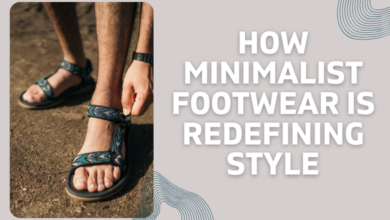Why Everyone’s Talking About Compression Socks and Not Just Runners Anymore
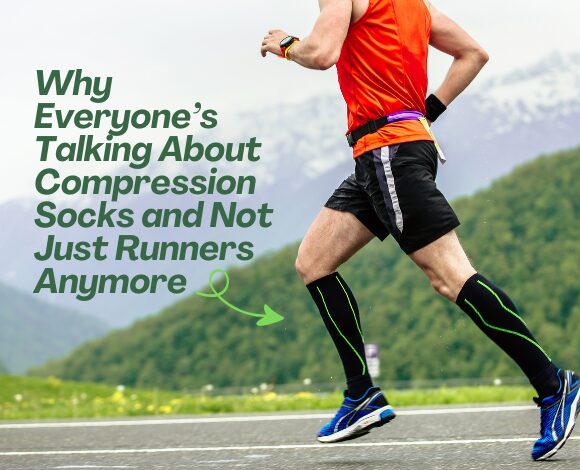
Compression socks used to be something you’d only see on marathon runners or hospital patients. But lately, they’re popping up everywhere—from airport lounges to office cubicles. And it’s not just a trend. More people are discovering how helpful they can be for everyday life.
Whether you’re standing for hours, sitting through long flights, or just want to avoid that heavy-leg feeling after work, compression socks offer real support. They help with circulation, reduce swelling, and provide a surprising amount of comfort once you get used to them.
What’s even better? The newer designs don’t scream “medical wear.” They look and feel like regular socks, just with smarter construction. You’d never guess they’re doing more than keeping your feet warm.
If you’re curious about which ones actually work, we’ve done the legwork. Here’s what we found after testing the most reliable compression socks for travel, work, and recovery.
The Growing Buzz Around Compression Socks
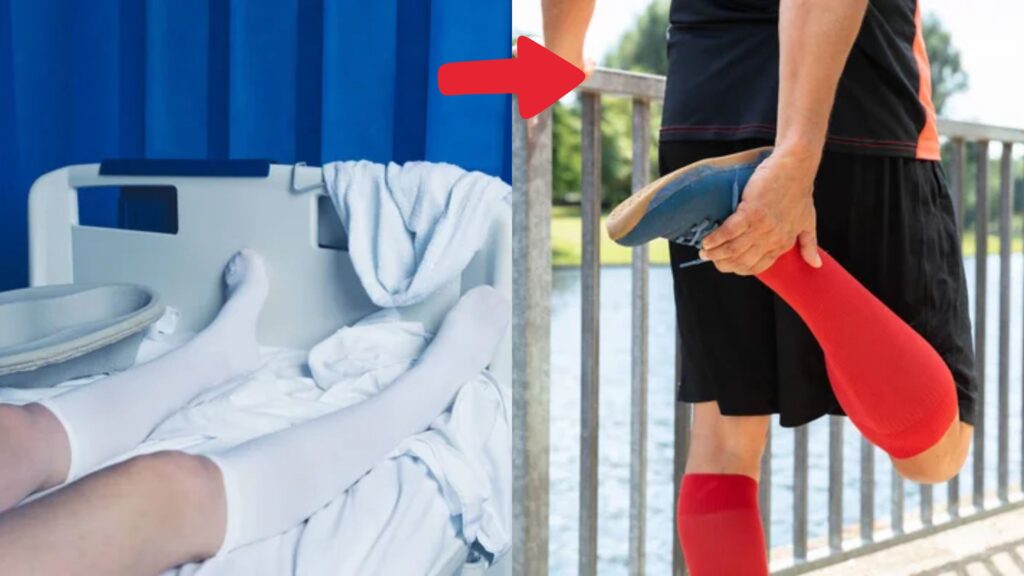
Compression socks aren’t new, but the way people are using them definitely is. What started as a niche product for medical recovery and running has now become an everyday essential for people across all lifestyles.
From Medical to Mainstream
Originally designed to prevent blood clots and swelling in clinical settings, compression socks gained early popularity among athletes. But today, the benefits go far beyond fitness. Now they’re used as a preventative wellness tool, giving daily support for anyone on their feet—or even seated—for long periods.
Who’s Wearing Them Today
It’s not just runners. Frequent flyers, nurses, retail staff, teachers, and even work-from-home professionals have joined the compression sock fan club. They’re being worn in hospitals, airports, classrooms, and behind desks—by people who’ve realized that comfort doesn’t have to wait until after hours.
Not Just for Pain Relief
Compression socks aren’t only about avoiding discomfort. People wear them because they help maintain energy levels, minimize swelling, and keep legs from feeling tired or heavy by the end of the day. Especially the ones built for long-haul comfort and workday support, which offer a noticeable difference.
What Compression Socks Actually Do
If you’re wondering what makes compression socks different from your everyday pair, the answer lies in how they’re built—and what they do for your body. These socks aren’t just snug for the sake of it; they use graduated pressure to support circulation, reduce fatigue, and prevent common leg discomfort.
How They Improve Circulation
Compression socks apply gentle pressure starting at the ankle and easing up as they move up the leg. This helps your veins work more efficiently, encouraging blood to flow back toward your heart. The result? Less pooling, less swelling, and a noticeable boost in how your legs feel after long periods of sitting or standing.
Preventing Swelling and Fatigue
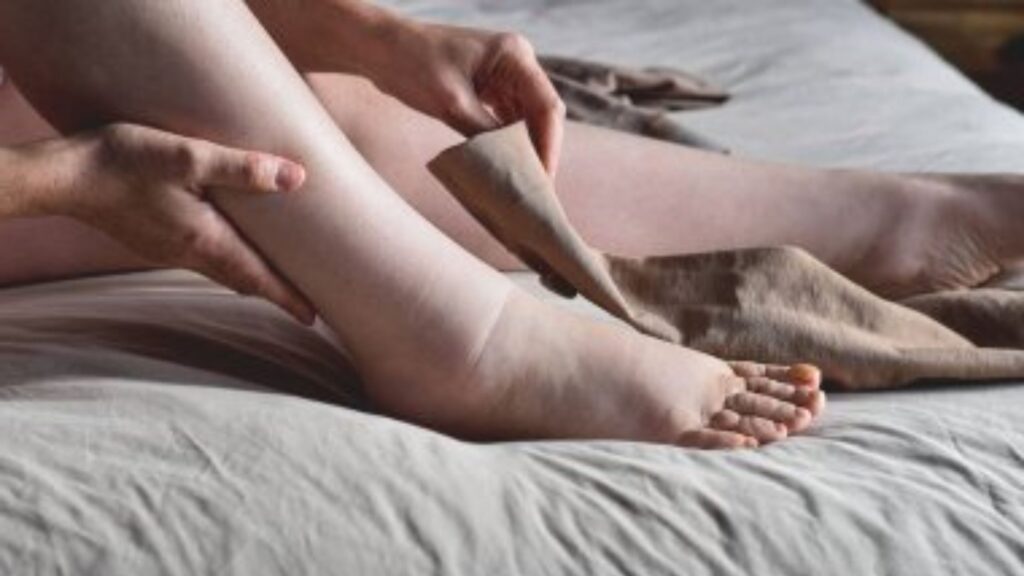
Swelling around the ankles or calves can sneak up on anyone after a long day. Compression socks help reduce that buildup and keep your legs feeling lighter.
Here are a few ways they minimize daily discomfort:
- Reduce ankle puffiness – Keeps circulation moving to prevent fluid from collecting.
- Ease that “heavy legs” feeling – Especially helpful after long flights or full shifts.
- Support tired muscles – Less soreness after standing or walking for hours.
These simple benefits make a big difference when you need to stay comfortable without downtime.
Supporting Recovery and Endurance
Recovery isn’t just for athletes anymore. Many people wear compression socks after workouts, long walks, or busy days to speed up muscle recovery and reduce lingering soreness. They act like a supportive base layer—quietly working while you go about your day.
They Don’t Look Like Compression Socks Anymore
If the phrase “compression socks” makes you picture something thick and clinical, you’re not alone. But the newer versions are a far cry from those old designs. Brands have stepped up, creating socks that blend function and style—so they actually look and feel good.
Style Has Caught Up With Function
Compression socks now come in options that rival your favorite fashion brands. Companies are using better materials, stylish patterns, and minimalist design to create socks you’d wear on purpose—not just out of necessity.
Breathable, Comfortable, and Invisible
Many of the best options are easy to wear all day. They stay in place without squeezing too hard and are made from soft, stretchy fabrics that don’t trap heat.
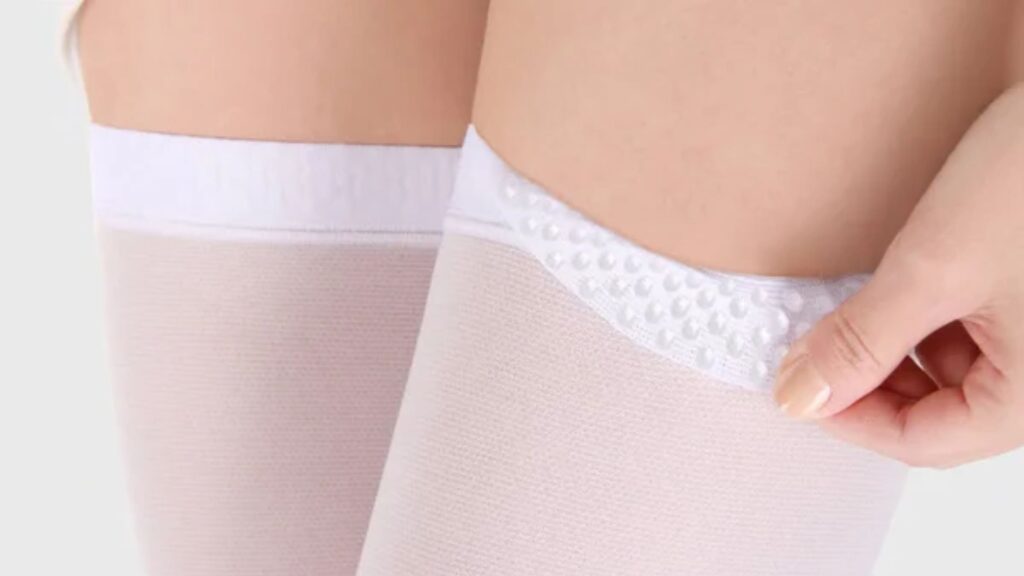
Here’s what to look for if you want something comfortable and discreet:
- Thin materials – So they can fit inside sneakers or work shoes without bunching.
- Neutral colors – Great for blending into everyday outfits or office attire.
- Seamless toe design – Helps avoid irritation during long wear.
- Moisture-wicking fabric – Keeps feet dry even on the busiest days.
These thoughtful details make a big difference when you’re wearing them for hours—and mean you won’t be rushing to take them off.
Socks You’ll Actually Want to Wear
We highlighted a few pairs that stand out not just for how they perform, but for how they look. It’s no longer a choice between comfort and style—you can actually have both.
How to Choose the Right Pair for Your Needs
With so many styles and levels of compression available, picking the right pair can feel confusing at first. The key is knowing what you need them for and how much pressure is actually helpful—not overwhelming.
Know Your Compression Level
Compression socks come in varying pressure levels, usually measured in mmHg. For everyday comfort, lighter compression (like 15–20 mmHg) works well. If you’re using them for medical reasons or long flights, your doctor might recommend a higher level. When in doubt, starting with moderate compression is often a safe bet.
Match Them to Your Lifestyle
Think about when and where you’ll wear them. Light compression is ideal for work-from-home setups or casual daily wear. Moderate compression works well for travel days or long shifts. Firm compression may help with post-exercise recovery or specific medical needs.
Features to Look For
Not all compression socks are created equal. Look for features like reinforced heels, breathable materials, seamless toes, and designs that don’t slip throughout the day. These details make them more comfortable—and more likely to become part of your regular routine.
Where to Start If You’re New
If you’ve never worn compression socks before, the idea might sound like a big switch—but it doesn’t have to be. Starting small and picking a pair that fits your daily rhythm can make the transition seamless.
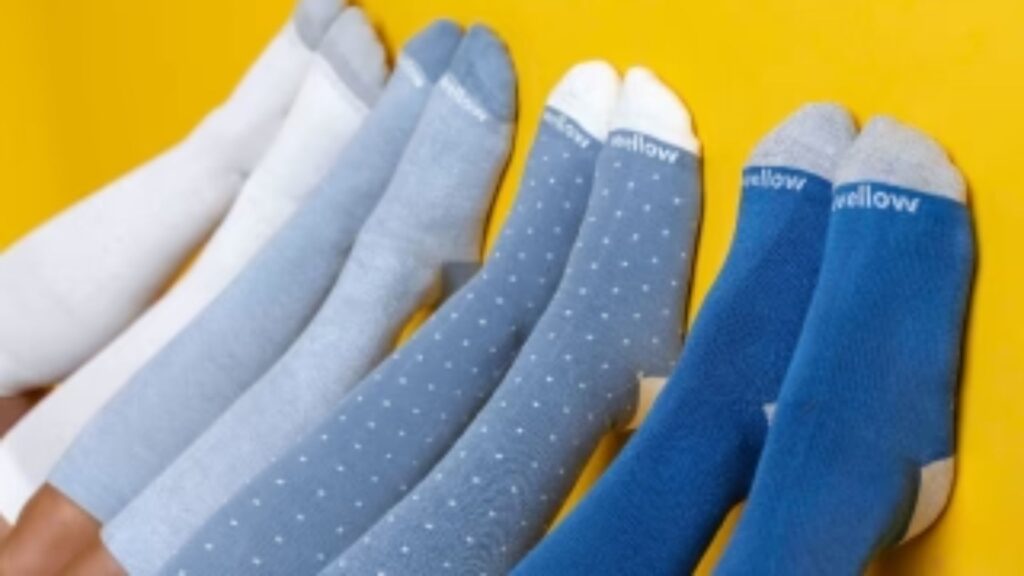
Reliable Brands That Actually Work
You don’t need to sort through hundreds of options to find a solid pair. Some brands stand out for their balance of comfort, function, and everyday wearability. Instead of guessing, it helps to start with options that have already been tested and recommended.
A Quick Look at Our Top Pick
We reviewed a few compression socks with travel, work, and recovery in mind—and one option clearly stood out. This breakdown covers everything you need to know, including comfort, breathability, and all-day support without the bulk.
How to Ease Into Wearing Them Daily
Start by wearing them during moments when your legs feel the most tired—on a long flight, during a shift, or even after a workout. As you get used to them, you might find they become a regular part of your wardrobe, just like your favorite sneakers.
Conclusion
Compression socks have quietly shifted from niche to necessity. They’re no longer just for athletes or patients—they’ve found a place in daily routines, offering support that’s both practical and wearable.
From reducing swelling to improving energy during long days, the benefits speak for themselves. And with styles that look and feel like regular socks, there’s no reason not to try them—especially when your legs are doing all the work.



